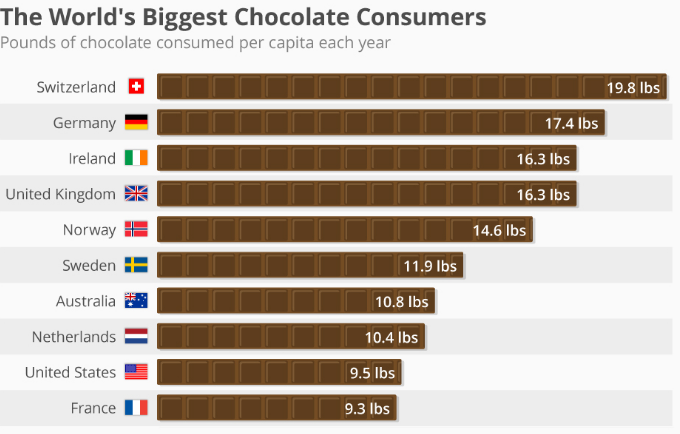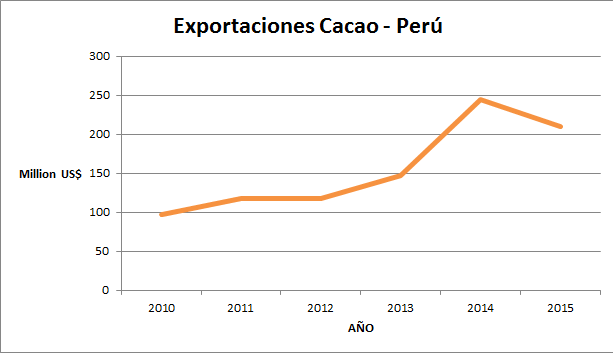We support the developmentof the Peruvian cacao.
The Cacao History
There are several hypothesis regarding the origins of cacao. However, most historians agree that cacao crop originated in the basins of the Amazon river since the cacao trees grew naturally there. This would have occurred about 4,000 years ago (Motamayor, 2002).

Later, approximately 3,000 years ago, the first cultivators appeared in Central America. It is believed that the Olmecs, an ancient pre-Columbian Mesoamerican culture that developed in Mexico (Cultura México, 2011), discovered that cacao was edible by seeing how some animals consumed the fruit (Inaforesta).

According to research conducted by the University of Michigan (Henderson, 2007), cacao was initially consumed as a beverage.
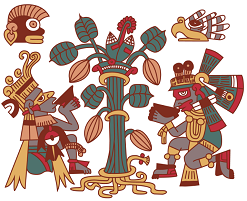
The first shipment of cacao to Europe was made in the sixteenth century. Since that period, the consumption of cacao has expanded worldwide until achieving the international recognition it has today.
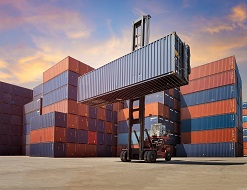
Value Chain
Everything you need to know to understand the cacao and chocolate production process.
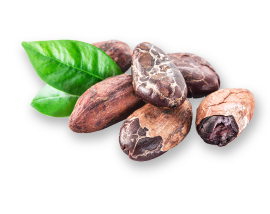
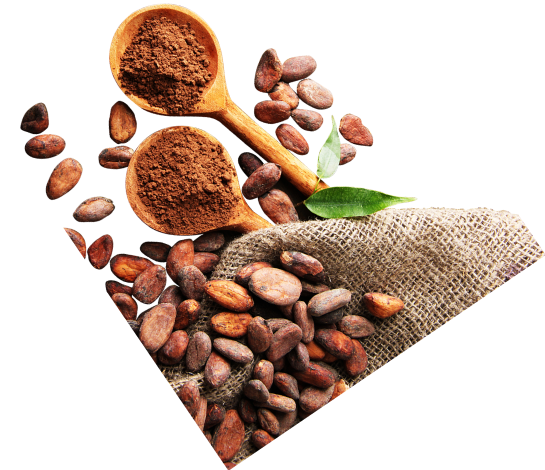
Industry Statistics
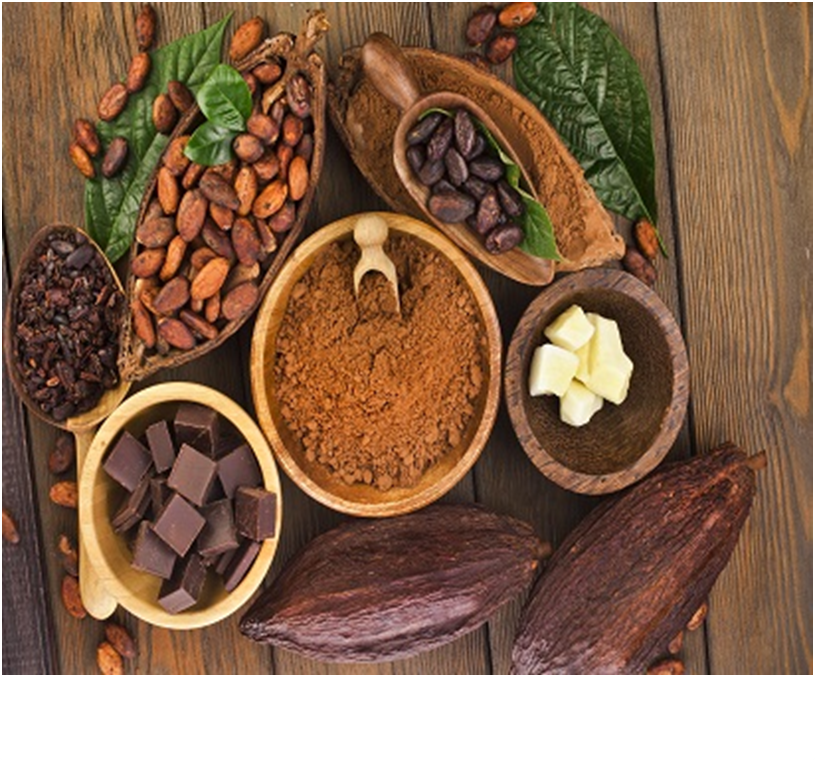
Peruvian Market
- The annual production for 2014 was 81 651 MT in 107 186 harvested hectares, with a cumulative annual average growth of 17% in the last 5 years (MINAGRI).
- Despite the high growth in recent years, cacao production in Peru accounted for less than 2% of the world production in 2013 (MINAGRI).
- Cacao is grown in 16 peruvian departments being the main ones San Martin (47.3%), Junín (15.3%), Cusco (12.0%), Ayacucho (6.1%), Amazonas (5.9%), Huánuco and Ucayali (3.6%) that concentrated in the year 2014, 94.8 percent of the national production (MINAGRI).
- Peru exports cacao mainly to the following countries: Netherlands, Belgium, Italy and the USA.




